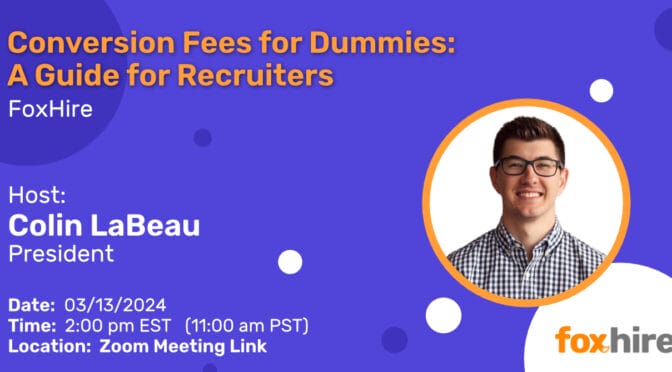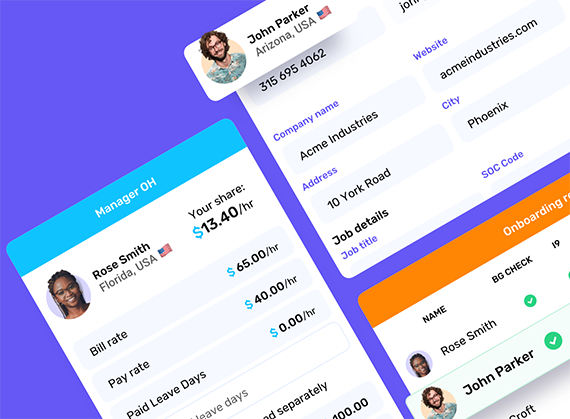Co-employment brings risk. It’s an area of the law where Common Law Rules for contract labor are just as binding as the actual regulatory environment. Perhaps more concerning, as more independent contractors emerge, the laws are changing frequently and often at the state level. What are the risks of co-employment? How can an EOR help?
Understanding Co-Employment
Legally, co-employment exists with two or more employers who are legally responsible for the same worker, or group of employees. This happens regularly now as more employers are moving to contract laborers and as more independent contractors choose this lifestyle over the traditional 9-to-5 job. It’s a brave new world for employers with many legal and regulatory grey areas that seem to be designed to trip you up. How can you take advantage of co-employment while mitigating any risks?
What are the Perils of Co-Employment?
We’ve recently seen a new area of risk emerge around co-employment arrangements. If you, or the staffing agency you employ to provide temporary workers, breaches the boundaries of what is considered a responsibility of the contractor, you may be liable. For example, if the staffing agency or employer withholds taxes or maintains payroll or employee records, or even if they attempt to mitigate contractor grievances like an employer would, the government may consider that the independent contractor is no longer independent at all. If this happens, the employer can suffer fines, PR damage, and may even be liable to provide benefits in the same way they would for a fulltime employee.
How Can You Avoid Co-Employment Risk?
The answer, for this tricky, volatile, and ever-changing area of employment law increasingly seems to lie within the framework of an employer of record (EOR) arrangement. EORs can become the primary employer for your temporary and contract workforce.
EORs can handle everything from healthcare benefits, salary negotiations, and even recruiting and termination. Your job is to get the business, while the EOR handles the assignment itself—and the tricky legal waters surrounding co-employment agreements. Some of the responsibilities of an EOR can include:
- Pre-screening employees by interviewing, hiring, and conducting background checks
- Enforcing your work rules and regulations in support of your company
- Providing benefits if that’s a part of the arrangement with the worker
- For contract workers (not independent contractors), offering and management benefits including workers’ compensation
- Conducting employee reviews (when applicable)
- Tax withholding and reporting (for non-1099 employees)
- Time and expense tracking and payroll
Today the employment game has changed. Now there are full-time, part-time, temporary, 1099, and contract arrangements that add a level of complexity to the employment process that wasn’t here a decade ago. These arrangements allow you the flexibility to compete in volatile markets. But they also bring a great deal of risk to the employer-employee relationship.
FoxHire is an EOR that manages these risks while providing you with the contract labor you need when you need it the most. Talk with our team about your options. We can help.





